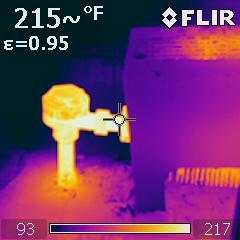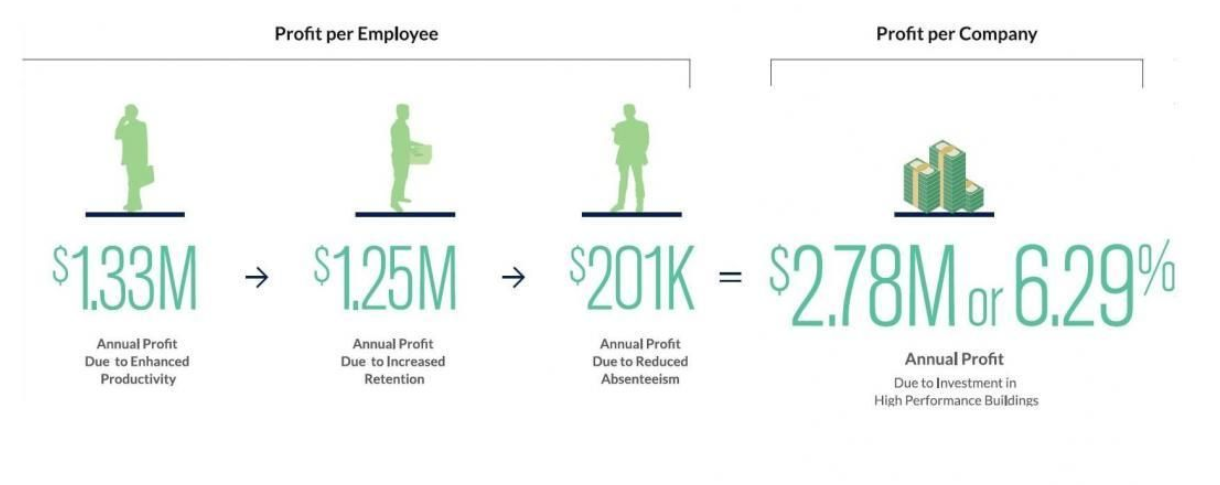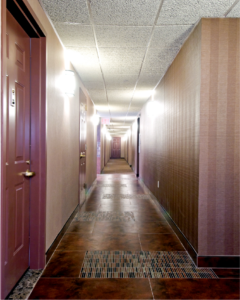Welcome back! In Part One we talked about how steam pressure gets too much attention. Controlling pressure for its own sake should never be the end goal—steam pressure is just a means to an end. In this post we’ll discuss one way that controlling steam pressure can be useful—where it can help you balance the system, control the temperature, and yes, save energy.
Two-pipe Steam
The biggest issue plaguing two-pipe steam heating systems are steam traps. Steam traps are supposed to do just that—trap steam—keeping the pressurized steam on the supply side of the system and allowing air and water (i.e., condensate) to pass through into the returns. Keeping the supplies and returns separate is critical, but steam traps are too failure prone to accomplish this reliably.

Radiator steam “trap” failed open
At the start of any heating cycle, the system is full of air, which must be removed for steam to enter the heaters. In most two-pipe systems, the steam pushes the air out of the heaters, through the traps, and into the return piping where it eventually exits the system through a vent in a vacuum or condensate tank. That’s what happens when the traps are working. But a failed open trap is no trap at all. It lets the steam flow into the return piping and, with pressure on both the supply and return sides, air is trapped in the system. This affects those farthest from the boiler—the heaters near the ends of the mains and on the top floors—the most. (And with air trapped inside keeping the metal cold, are they even heaters?)
(more…)





